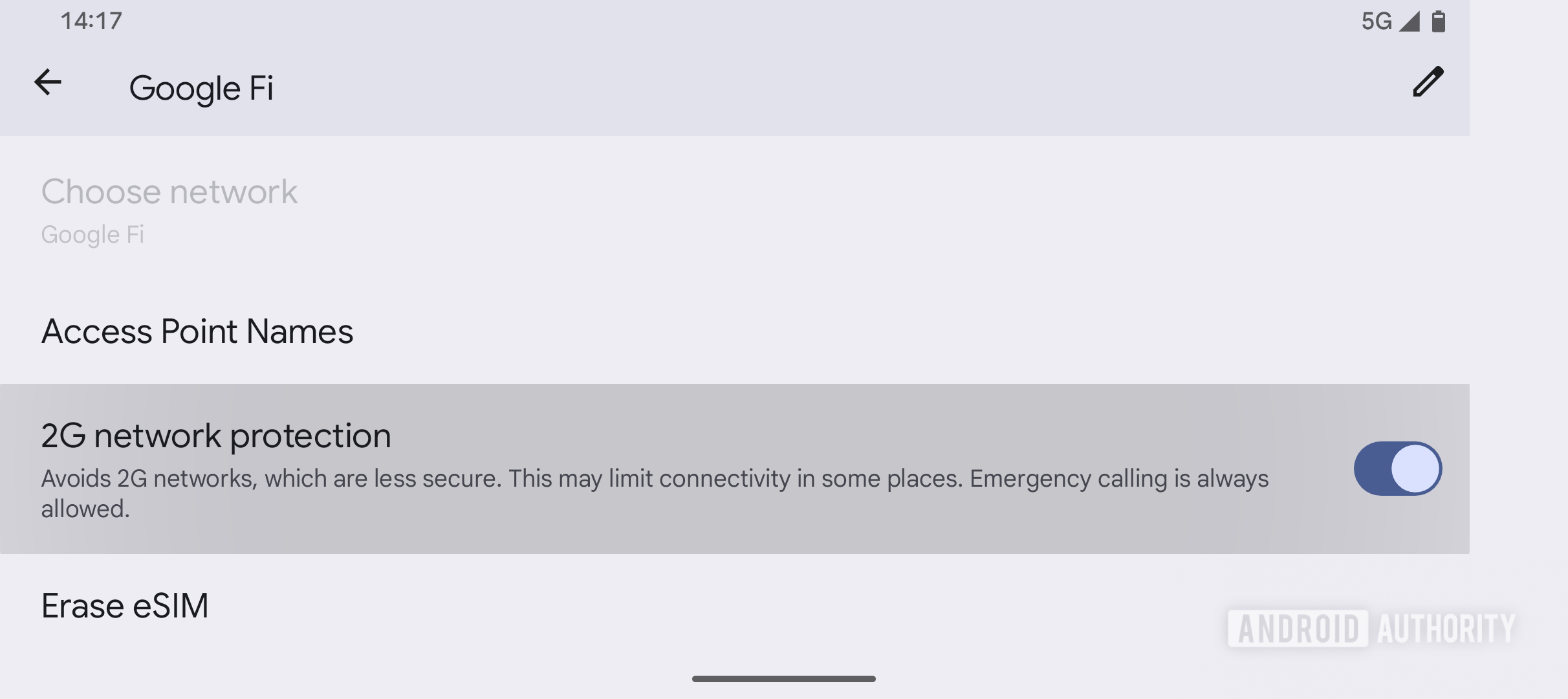he Supreme Court this morning took a chainsaw to the First Amendment on the internet, and the impact is going to be felt for decades going forward. In the FSC v. Paxton case, the Court upheld the very problematic 5th Circuit ruling that age verification online is acceptable under the First Amendment, despite multiple earlier Supreme Court rulings that said the opposite.
Justice Thomas wrote the 6-3 majority opinion, with Justice Kagan writing the dissent (joined by Sotomayor and Jackson). The practical effect: states can now force websites to collect government IDs from anyone wanting to view adult content, creating a massive chilling effect on protected speech and opening the door to much broader online speech restrictions.
Thomas accomplished this by pulling off some remarkable doctrinal sleight of hand. He ignored the Court’s own precedents in Ashcroft v. ACLU by pretending online age verification is just like checking ID at a brick-and-mortar store (it’s not), applied a weaker “intermediate scrutiny” standard instead of the “strict scrutiny” that content-based speech restrictions normally require, and—most audaciously—invented an entirely new category of “partially protected” speech that conveniently removes First Amendment protections exactly when the government wants to burden them. As Justice Kagan’s scathing dissent makes clear, this is constitutional law by result-oriented reasoning, not principled analysis.
[…]
The real danger here isn’t just Texas’s age verification law—it’s that Thomas has handed every state legislature a roadmap for circumventing the First Amendment online. His reasoning that “the internet has changed” and that intermediate scrutiny suffices for content-based restrictions will be cited in countless future cases targeting online speech. Expect age verification requirements to be attempted for social media platforms (protecting kids from “harmful” political content), for news sites (preventing minors from accessing “disturbing” coverage), and for any online speech that makes moral authorities uncomfortable.
And yes, to be clear, the majority opinion seeks to limit this just to content deemed “obscene” to avoid such problems, but it’s written so broadly as to at least open up challenges along these lines.
Thomas’s invention of “partially protected” speech, that somehow means you can burden those for which it is protected, is particularly insidious because it’s infinitely expandable. Any time the government wants to burden speech, it can simply argue that the burden is built into the right itself—making First Amendment protection vanish exactly when it’s needed most. This isn’t constitutional interpretation; it’s constitutional gerrymandering.
The conservative justices may think they’re just protecting children from pornography, but they’ve actually written a permission slip for the regulatory state to try to control online expression.
[…]
By creating his “partially protected” speech doctrine and blessing age verification burdens that would have been unthinkable a decade ago, Thomas has essentially told state governments: find the right procedural mechanism, and you can burden any online speech you dislike. Today it’s pornography. Tomorrow it will be political content that legislators deem “harmful to minors,” news coverage that might “disturb” children, or social media discussions that don’t align with official viewpoints.
The conservatives may have gotten their victory against online adult content, but they’ve handed every future administration—federal and state—a blueprint for dismantling digital free speech. They were so scared of nudity that they broke the Constitution. The rest of us will be living with the consequences for decades.



